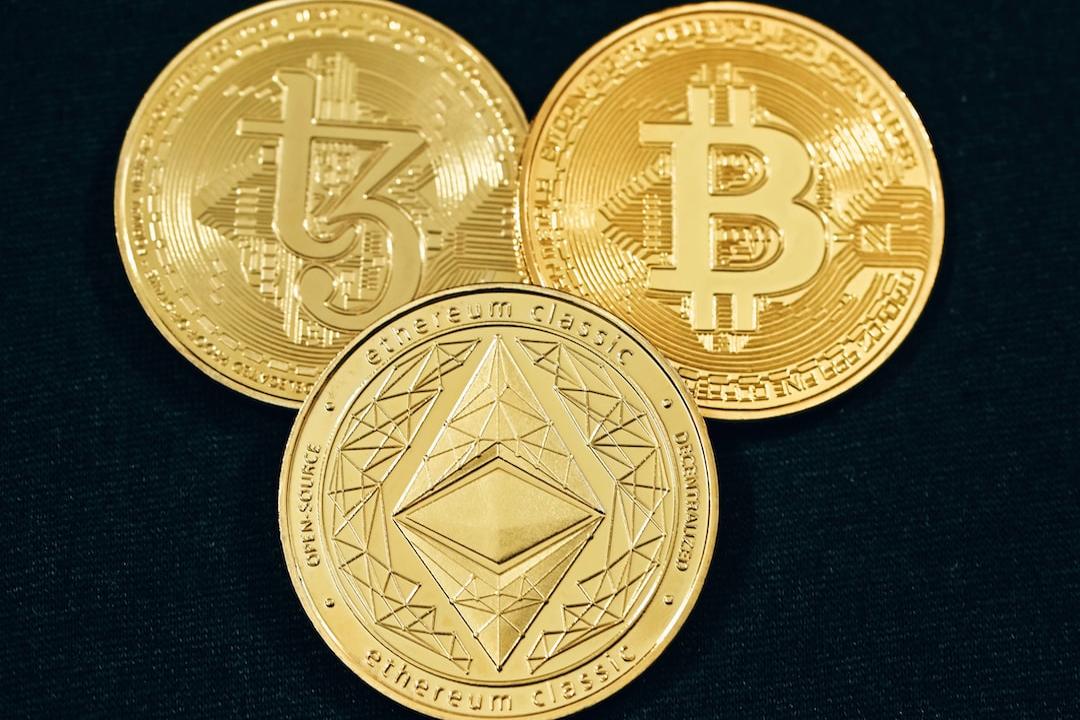According to a crypto research firm, the majority of investors in Spot Bitcoin exchange-traded funds (ETFs) have been using the vehicle for arbitrage strategies, with only 44% of inflows tied to long-term investments. Since their launch in January 2024, Spot Bitcoin ETFs in the United States have attracted approximately $39 billion in net inflows. However, according to Markus Thielen, the head of research at 10x Research, only $17.5 billion, which is less than half of the total, represents genuine long-only buying.
Thielen explained that around 56% of the inflows are likely related to arbitrage strategies, where short Bitcoin futures positions offset the inflows. This is known as the “carry trade,” where traders buy spot Bitcoin through ETFs while simultaneously shorting Bitcoin futures, thus profiting from the price difference between spot and futures prices.
Thielen noted that this indicates that the actual demand for Bitcoin as a long-term asset in multi-asset portfolios is much smaller than what the media portrays. He stated, “Rather than reflecting broad-based institutional adoption, the buying and selling of Bitcoin ETFs is primarily driven by funding rates, with many investors focusing on short-term arbitrage rather than long-term capital appreciation.”
Thielen further added that the largest holders of BlackRock’s IBIT ETF are hedge funds and trading firms that specialize in exploiting market inefficiencies and capturing yield spreads, rather than taking outright directional risk. However, with current funding rates and basis spreads too low to justify new arbitrage positions, these hedge funds and trading firms have stopped adding inflows to Bitcoin ETFs and are actively unwinding existing positions that no longer offer profitable arbitrage opportunities.
Last week, there were four consecutive trading days of outflows, with $552 billion leaving the products, according to Farside Investors. Meanwhile, spot Bitcoin remained range-bound for the week. Thielen stated that this negatively affects market sentiment, as media reports often frame these outflows as bearish signals. However, he clarified that the unwinding process is actually market-neutral since it involves selling ETFs while simultaneously buying Bitcoin futures, effectively offsetting any directional market impact.
In mid-2024, Real Vision CEO Raoul Pal made a similar claim, suggesting that around two-thirds of the net inflows into spot Bitcoin ETFs may be coming from arbitrage trading.
However, Thielen mentioned that there may be a shift in tides. He stated that real buying flows have picked up since the US presidential election. He explained, “While genuine long-only Bitcoin buying has increased since Trump’s election, funding rates have collapsed as retail trading volumes have declined.” As funding rates fall, the arbitrage strategy becomes less attractive, leading trading firms to unwind their positions, which is what has been observed in the past week.

